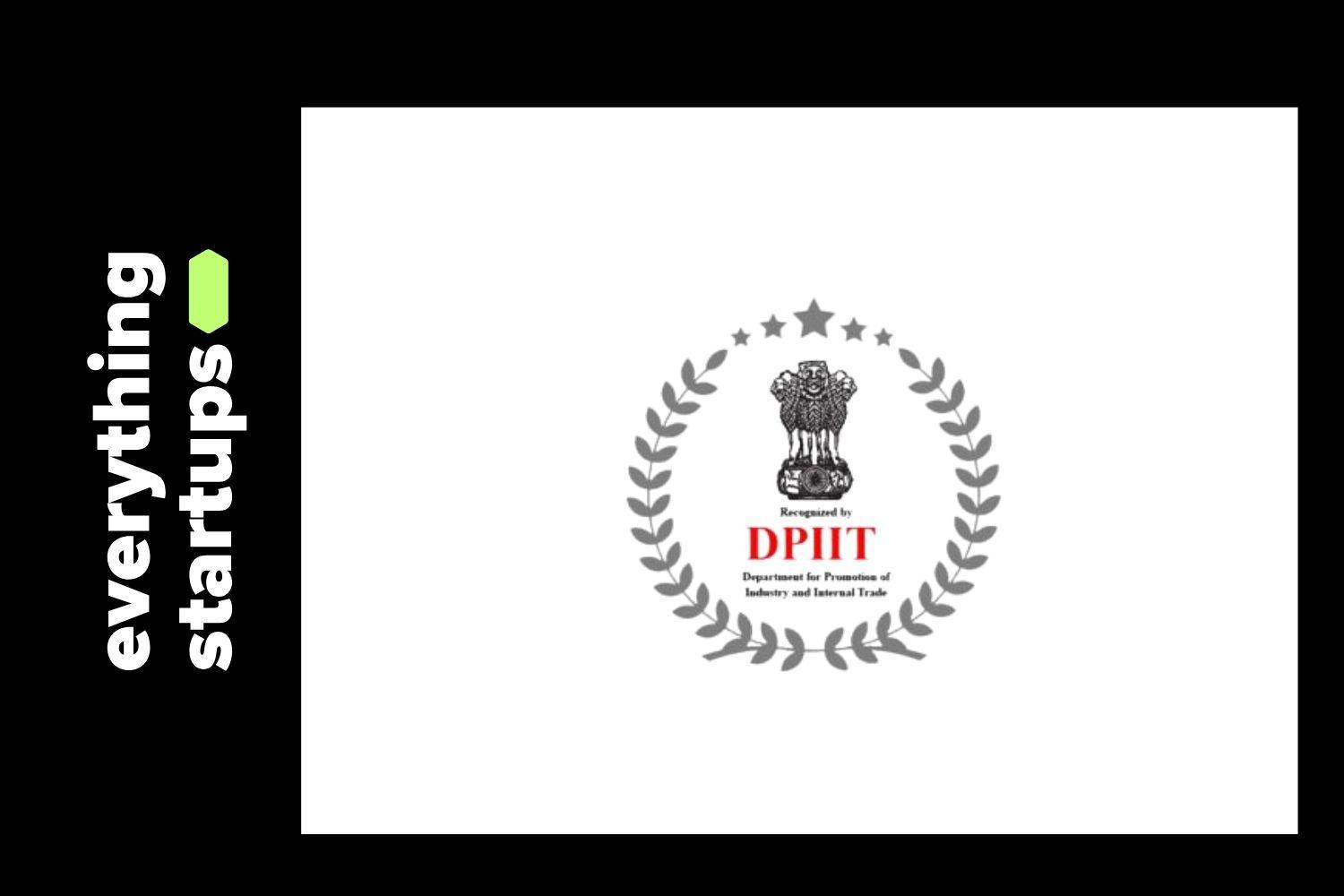1. The 50 % milestone
By the end of 2024 one in every two DPIIT-recognised startups (50.1 %) listed at least one woman as a director, up from 34 % in 2017. In absolute terms, the count of such firms has jumped nine-fold—from under 2,000 to more than 17,000 within seven years. The surge mirrors the overall boom in recognised startups (now 1.58 lakh) but is even steeper thanks to targeted policies and shifting founder demographics.
2. Where the growth is happening
Maharashtra tops the table with 3,045 women-directed startups, followed by Uttar Pradesh (1,842) and Karnataka (1,628). Importantly, 20 out of 36 states & UTs now cross the 50 % mark, suggesting that women-led entrepreneurship has diffused well beyond India’s traditional tech hubs.
3. Sector lens
Startup India’s 9-Year Factbook shows women founders making the biggest inroads in:
- IT & business services (product and application development)
- Healthcare & life-sciences (wellness, pharma)
- Ed-tech & skilling
Collectively these three clusters account for 60 % of all woman-directed recognitions and have posted compound annual growth rates (CAGR) above 90 % since 2017.
4. Boardrooms: the stubborn glass ceiling
While the entry-level pipeline is surging, women still occupy only 29 % of board seats (9.1 lakh of 31.7 lakh directorships in 2025). Senior-management representation is even lower at 17 %. The incremental gains—three percentage-points over seven years—suggest that supply is no longer the core issue; conversion is.
Why the lag? Most private startups are not yet subject to SEBI’s independent-woman-director mandate, and informal networks still dominate early-stage governance appointments.
5. Investor-side momentum
Global meta-studies link gender-diverse boards to 18-25 % higher ROE and lower volatility. Indian VCs such as Kalaari’s CXXO initiative and SheCapital are baking board-diversity covenants into term-sheets—creating a virtuous cycle where capital follows inclusive governance and vice-versa.
6. What founders & funders can do next
- Set numeric targets—e.g., 30 % women directors within two funding rounds; report annually.
- Adopt “Rooney-Rule-plus” hiring—shortlist must include ≥ 2 qualified women for every C-suite or board vacancy.
- Create shadow-board programmes to groom senior women operators before formal elevation.
- Leverage state incentives—many states (Kerala, Rajasthan, Telangana) reimburse up to 50 % of incubation costs for woman-led startups.
7. Outlook to 2030
If the current 48 % CAGR in women-directed recognitions sustains for just three more years, startups with at least one woman director will outnumber those without. But stretching the board-room share from 29 % to parity could take another decade unless investors hard-wire gender KPIs and founders institutionalise inclusive hiring from seed stage.
9. Bottom line
India’s startup ecosystem has delivered a symbolic victory—gender parity in founder-level directorships. The next frontier is less visible but more powerful: equal seats at the table where capital is allocated and strategy is set. Crossing that line will turn today’s milestone into a sustainable shift in who builds—and who benefits from—India’s innovation economy.
